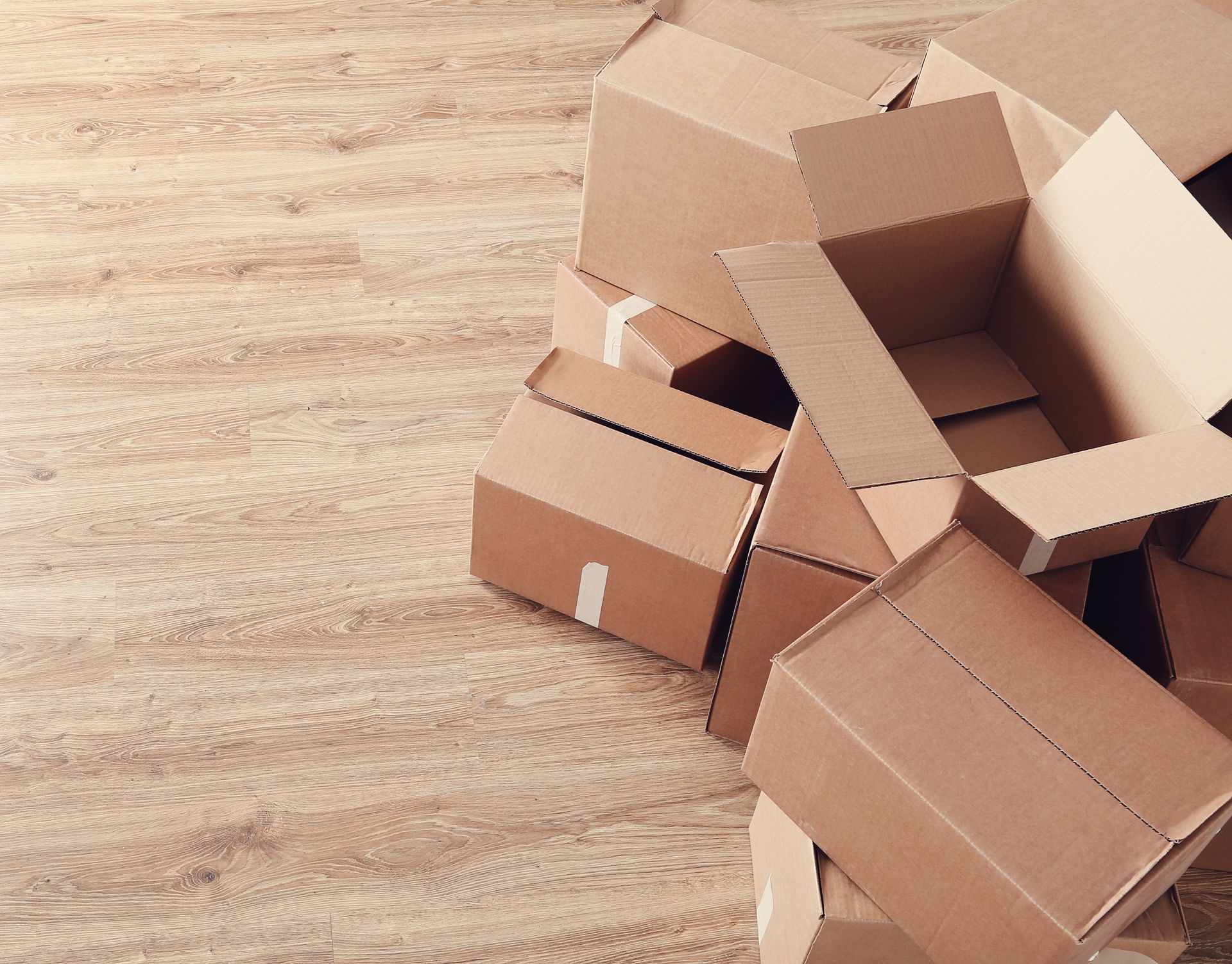
Understanding how many moving boxes you’ll need is an important step in ensuring a smooth, organized move. Proper planning prevents last-minute scrambling, keeps your belongings safe, and makes packing far more manageable. By assessing the size of your home and the nature of your possessions, you can estimate your needs effectively. Whether you’re relying on professional movers or handling the job yourself, having enough boxes and packing materials is essential to a stress-free moving experience.
Consider the Size of Your Home
The first factor in determining how many boxes you’ll need is the size of your home. Each type of residence requires a different number of boxes, depending on the amount and type of belongings:
- Studio or 1-bedroom apartment: Approximately 15–20 boxes
- 2-bedroom apartment/house: Approximately 20–30 boxes
- 3-bedroom house: Approximately 30–40 boxes
- 4-bedroom house: Approximately 40–50 boxes
These estimates are based on average household items such as books, kitchen supplies, and clothing. Larger homes, or those with extensive storage areas or oversized furniture, will likely require additional boxes. To avoid running out, it's always wise to err on the side of caution and have a few spares available.
Break Down the Types of Items You Have
The nature of your belongings also plays a role in determining your packing needs. Certain items require specific packing materials and box sizes. For example, heavy items like books are best suited for smaller boxes, while clothes can be packed into medium or larger containers. Fragile items like glassware and electronics need sturdy, protective packaging to prevent damage during transit.
By grouping your belongings into categories, you can better assess your box requirements. For instance:
- Books are best packed in small, sturdy boxes.
- Clothes can go in medium or large boxes, or even in wardrobe-specific boxes for convenience.
- Kitchenware, especially delicate items like glass or ceramics, requires medium boxes or specialized dish packs.
- Artwork and mirrors may require specialty picture boxes to ensure their safety.
Evaluating your inventory room by room can help you anticipate the specific packing materials you’ll need for each type of item.
Get a Variety of Box Sizes
Having access to a range of box sizes is critical for efficient packing. Small boxes are ideal for compact, heavy items like DVDs or tools, while medium boxes accommodate most household goods, from pots and pans to decorative pieces. Larger boxes should be reserved for lightweight items such as blankets or pillows, as overpacking them can make them too heavy to lift.
If you're unsure how many boxes you’ll need, it’s better to overestimate. Running out of boxes midway through packing can disrupt the process, so having extra supplies on hand ensures you stay on track.
Don’t Forget Packing Supplies
Boxes alone won’t get the job done—packing materials are equally important. Stock up on essentials such as packing tape, bubble wrap, and markers for labeling. Additional supplies like packing paper, furniture pads, and mattress bags provide extra protection for larger or more delicate items. Investing in high-quality materials minimizes the risk of breakage and ensures your belongings arrive safely.
Consider the following as you prepare:
- Use bubble wrap or packing paper to cushion fragile items.
- Reinforce the bottoms of boxes with strong tape to prevent them from collapsing.
- Label each box with its contents and destination room for easier unpacking.
Careful preparation of your materials saves time and hassle on moving day.
Keep Track of What You’ve Packed
As you pack, maintain a detailed inventory of your belongings. This can be as simple as noting down the contents of each box and the room it belongs to. An organized system not only speeds up unpacking but also helps identify any misplaced or missing items after the move.
Creating an inventory is especially useful when working with professional movers, as it allows them to handle your belongings more efficiently. Whether you’re moving across town or to a new state, an organized approach ensures that your transition is smooth and stress-free.
Other related articles:

